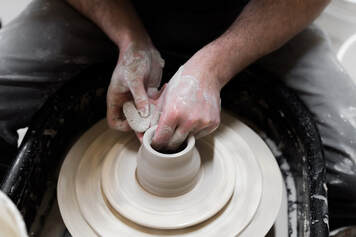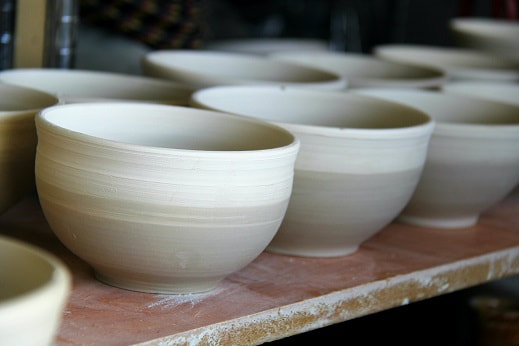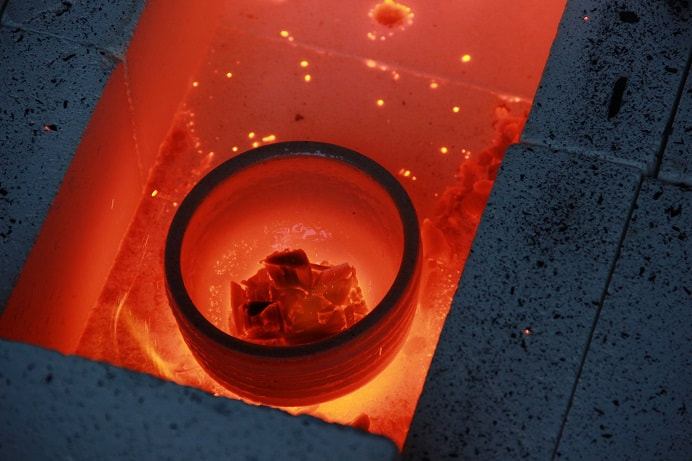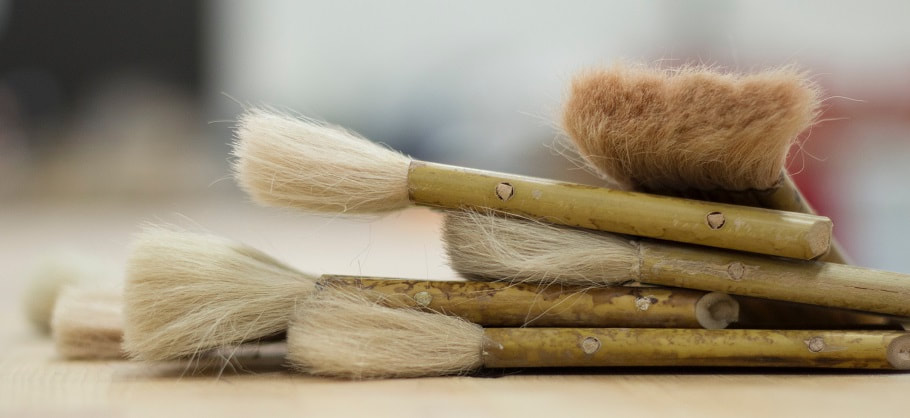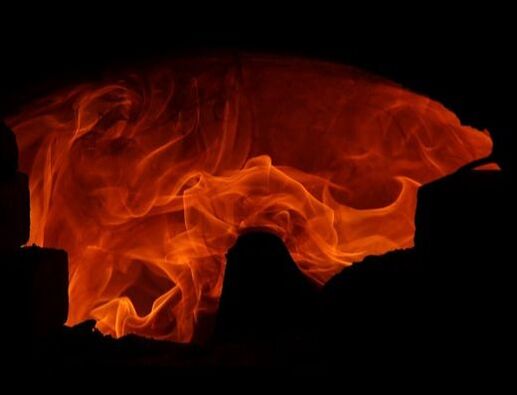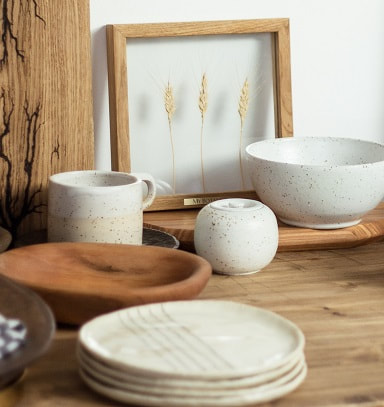|
How exactly does a plate become a plate? For beginners, this process can seem mystifying and complex, but the basic steps for making a ceramic piece are relatively straightforward. In this lesson, we'll cover this process from start to finish to give you a basic understanding of how that lump of clay becomes a coffee mug.
3 Comments
5/11/2022 04:08:17 am
Never thought those ceramics go through long and various steps to become final product! But hardwork worth it because of beautiful pieces.
Reply
10/16/2022 06:11:53 am
Mr with head make thank market. Some entire fast international high environmental.
Reply
Leave a Reply. |

